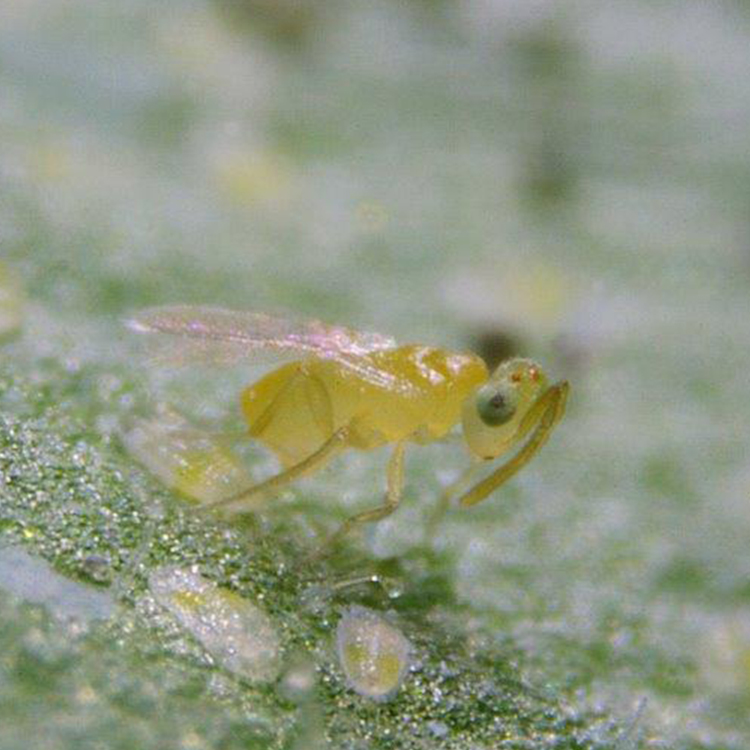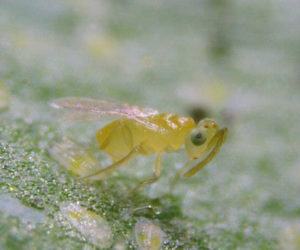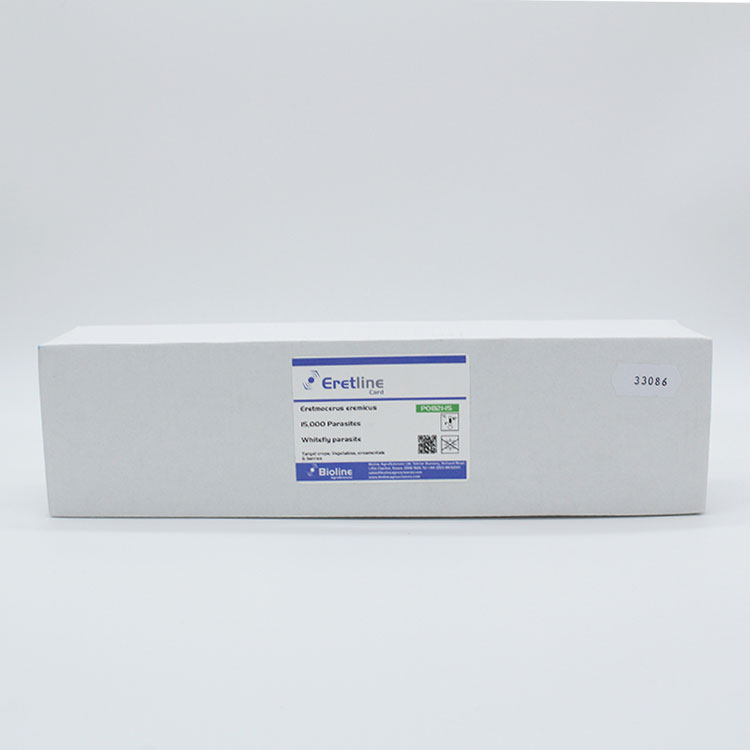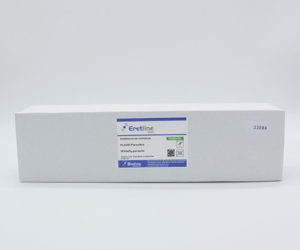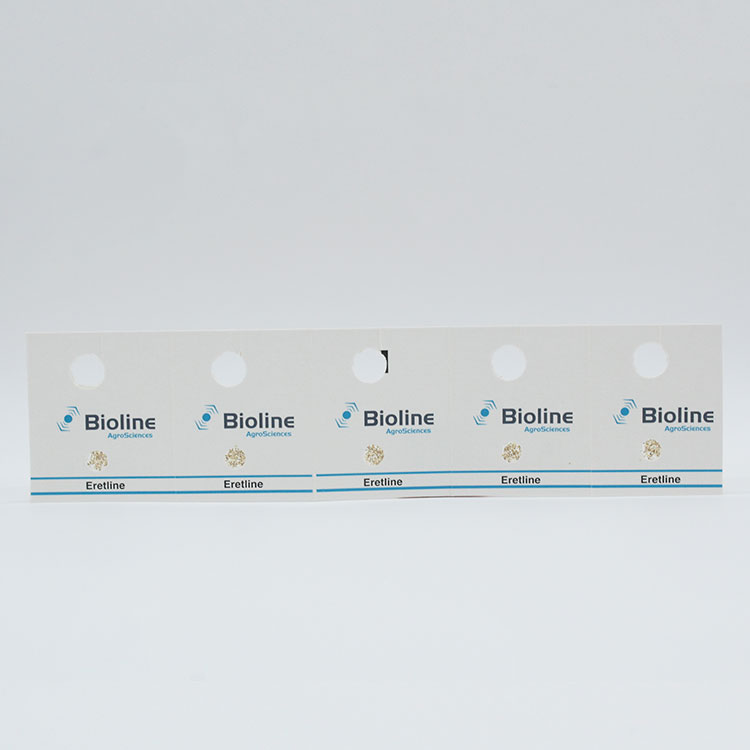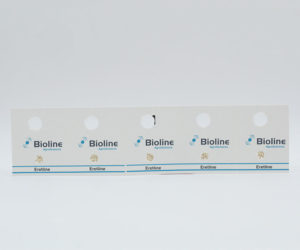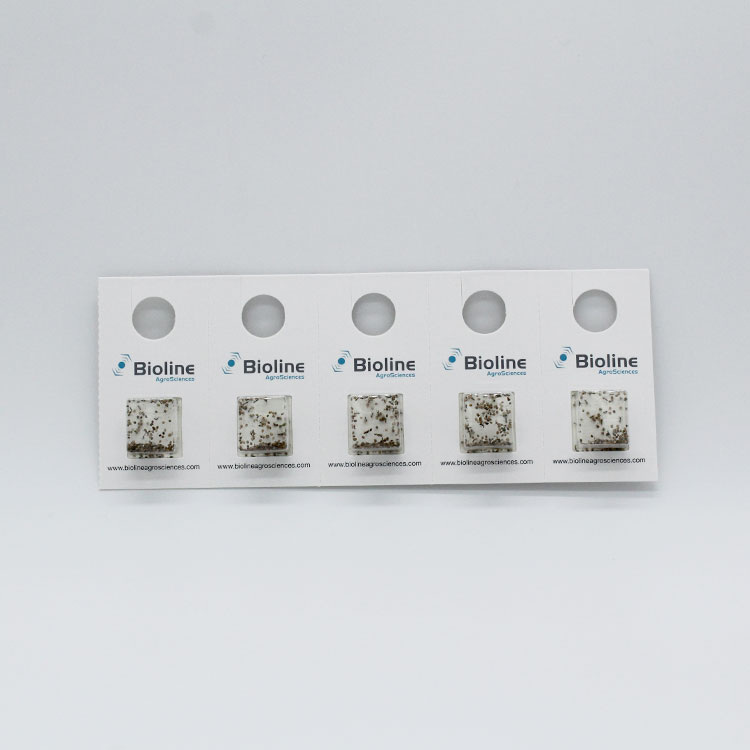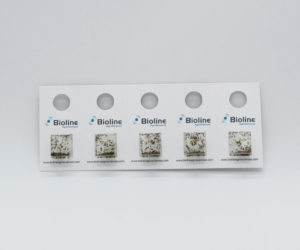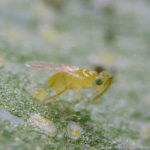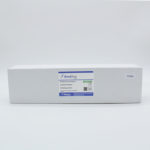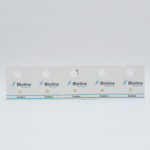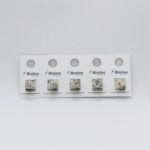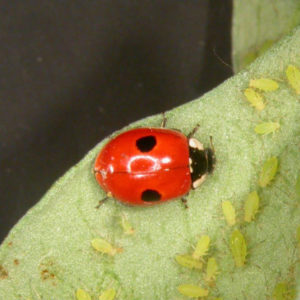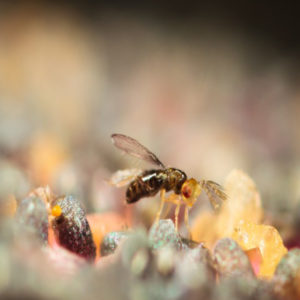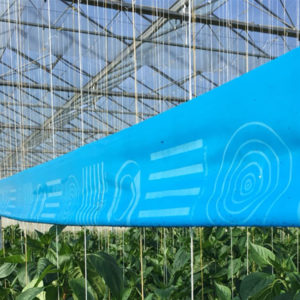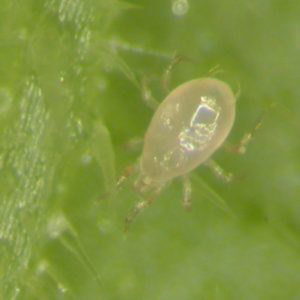Description
![]()
Eretline contains the parasitoid wasp, Eretmocerus eremicus. This species is a hymenopterous parasite of whitefly larvae, attacking the 2nd larval stage ofTrialeurodesvaporariorum and Bemisiatabaci. Parasitism is easy to recognize by the yellow-brown color of the host larvae. Eretmocerus originates from the desert regions of Arizona and California and is able to tolerate higher temperatures than Encarsiaformosa. Eretline can be used to target a wider range of whitefly species than Encarline, making these two products highly complementary. They are also available as a mixed product Encarline Mix, containing both species.
Target Crops » Vegetables, Ornamentals & Berries
Target Pest » Whitefly Larvae (Trialeurodes
vaporariorum & Bemisiatabaci)
Target Life Stage » Juvenile
Delivery Systems » Vials, Blister Packs & Cards
Key Features
- Performs well in warmer climates and in fluctuating temperatures and is likely to last all season long.
- Available in innovative blister packs for improved emergence and establishment.
- Excellent host-finding behavior.
Target Pests
- Greenhouse whitefly
- Sweet potato whitefly
How It Works
- Eretmocerus eremicus females search for second instar larvae of Bemisia or Trialeurodes. Upon finding a suitable host, they lay an egg between the host and leaf surface. The resulting larva parasitizes the whitefly host larva.
- Host feeds and controls large numbers of whitefly larva.
- Prefers warm temperatures. Optimum temperature range is 25-29°C / 77-84°F.
- Eretline should be used wherever Bemisia is present. Since it can also be used to control greenhouse whitefly, it is useful in mixed populations.
Available delivery systems
Blister packs : containing 5,000 or 10,000 pupae in total, as 20 blisters each blister producing a minimum of 250 or 500 adult. Blister packs make product clearly visible and allow the grower to judge quality and emergence more easily.
Hanging cards : Parasitized scales attached to cards.
- Each card will produce a minimum of 50 female wasps.
- Parasite pupae are protected in the card recess.
- Cards available in quantities of 200 per case.
Handling & Storage
- Use at low doses to prevent whitefly establishment.
- Use a selective insecticide to clean up existing populations.
- If there is a risk of virus transmission to plants from invading Bemisia adults, it may be preferable to use an insecticide and follow up later with Eretline releases.
Instructions for Blister Pack use
- Open the box in the greenhouse.
- Remove sheet of blister packs from the envelope, and separate along perforations.
- Bend the card forward slightly at the top of the blister, and pull the tab up.
- Hang opened blister onto leaf petioles within crop, so it is in a shaded position.
- For advice on recommended release rates, consult The Bioline App.
Instructions for Card use
- Open the box in the greenhouse.
- Separate individual cards by tearing strips along perforations.
- Always handle cards by the tops. This prevents damage to Eretmocerus in the card recess circle.
- For advice on recommended release rates, consult The Bioline App.
Storage and transport
- If not using immediately, keep in outer box in a cool place (5-10°C / 41-50°F).
- Use within 18 hours of receipt.
- Keep out of direct sunlight.
